How to buy a body cam: all you need to know to find the best body camera
Top tips for finding the best body cam for you
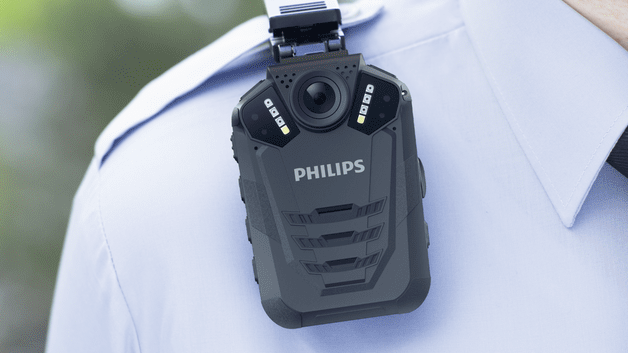
Whether it's for personal safety or potential evidence, there are plenty of reasons why you might want to buy a body cam.
Once the preserve of security professionals and the police, body cams now come in a range of consumer-friendly forms. But with so many options on offer, it’s not always obvious which model is right for you.
Luckily, we’ve created this guide to walk you through the most important considerations when shopping for a body cam, including battery life, storage options and image stabilization. By the end, you'll know how to decide which body cam is the right one for you.
- Can't decide which GoPro to buy? Read our guide to the best GoPro camera
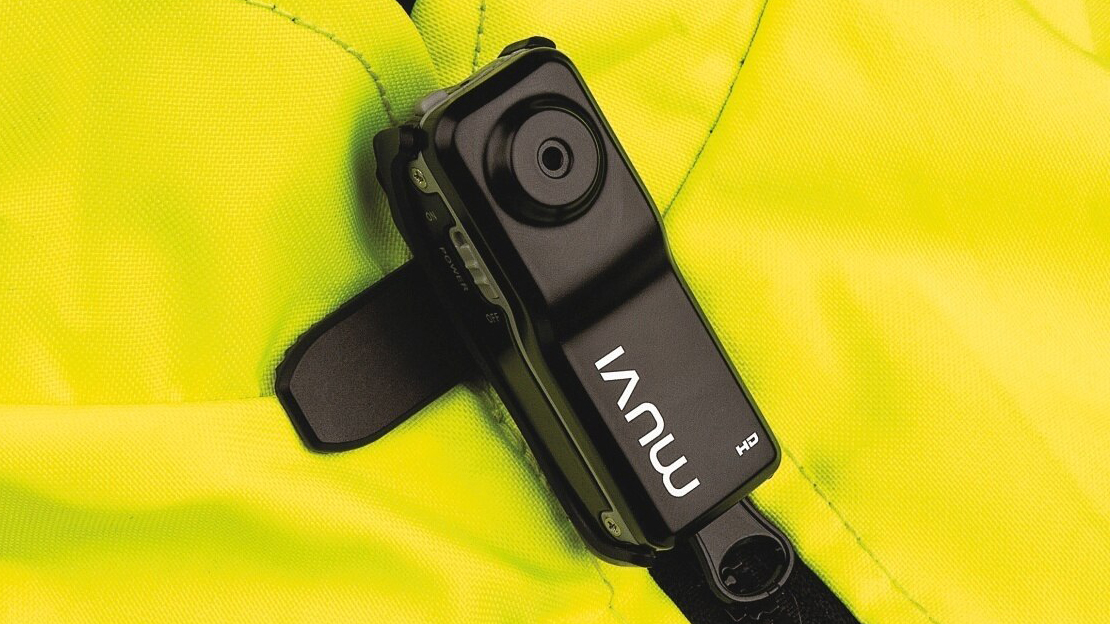
1. Set your budget
When shopping for a body cam, the first step is to set your budget. Consumer models can cost anywhere from $50 / £40 / AU$70 for a basic device like the Boblov 1080p Full HD Mini Camera to several hundred for the most capable and comprehensive, like the Hytera VM780.
Spending more doesn’t guarantee you’ll get a better product, but certain features simply won’t be available on cameras at the cheaper end of the spectrum.
Setting an upper limit on your purchase price is a straightforward way to narrow down the options. It’ll also encourage you to consider which of the features available within your budget are most important.
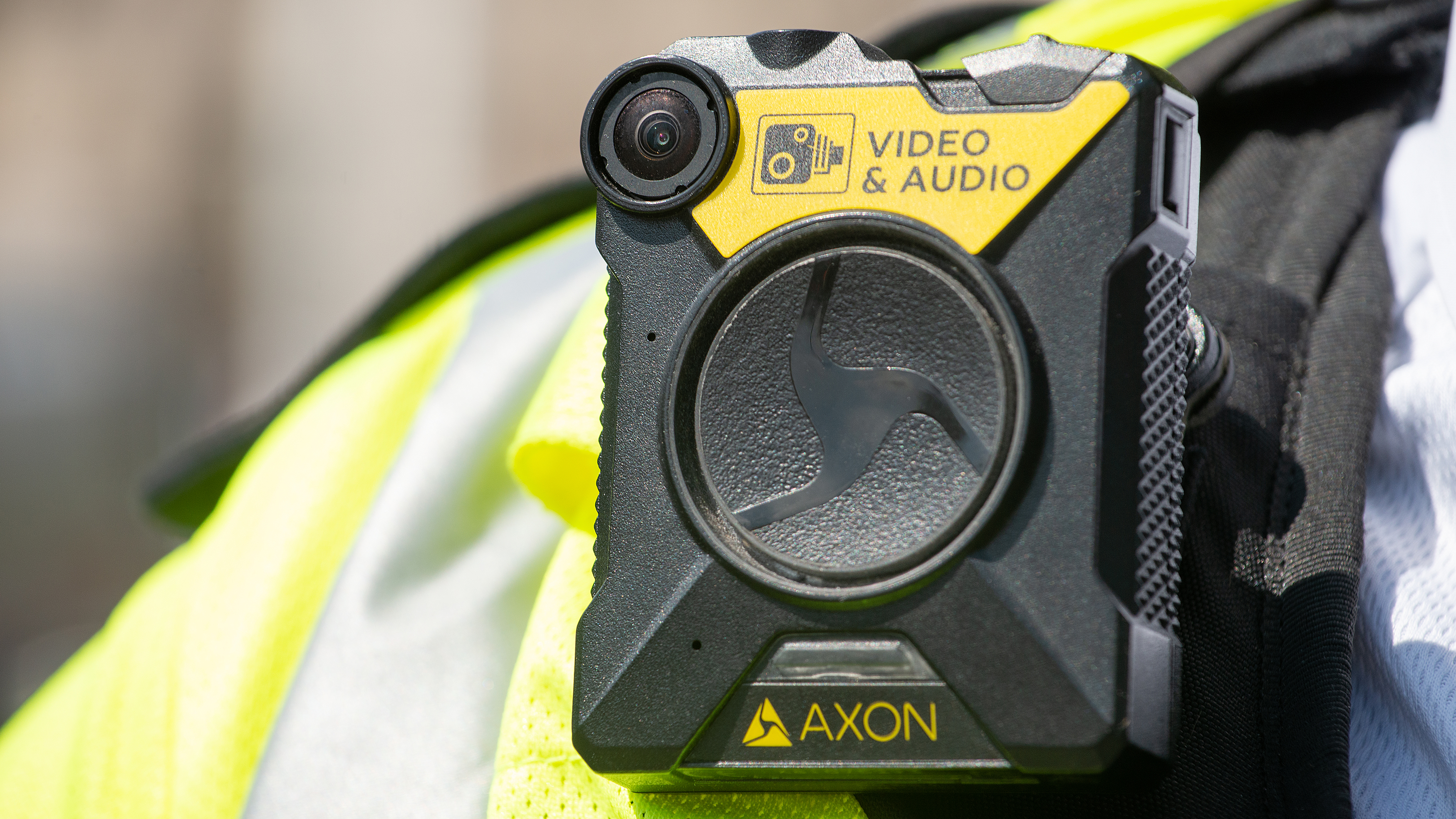
2. Decide how and when you'll wear it
Tempting as it might be to look for a camera that can do everything, it’s better to find one that addresses your specific needs.
Get daily insight, inspiration and deals in your inbox
Sign up for breaking news, reviews, opinion, top tech deals, and more.
While body cams will often prove most useful for capturing the unexpected, it pays to think about the circumstances in which you’ll most commonly wear one. This will allow you to separate the features that are critical from those that are desirable.
Durability
Most body-worn cameras are built with a degree of durability, but how rugged yours needs to be depends on when you’ll wear it. For anything other than fair-weather filming, you’ll want a water-resistant model in case of rain. And if you’re heading into extreme or volatile environments, a camera that’s fully water- and shock-proof like the Transcend DrivePro Body 30 is essential.
Mounting options
It’s also worth considering how you’ll attach a body came to your clothing and whether your intended use demands a secure connection. Some cheaper models like the Boblov 1080p Full HD Mini Camera have in-built clips for straightforward fitting, while others (such as the Guardian G1 D5 Mini) offer a range of mounting options, including pocket clips, shoulder straps and full chest mounts, which are often sold separately.
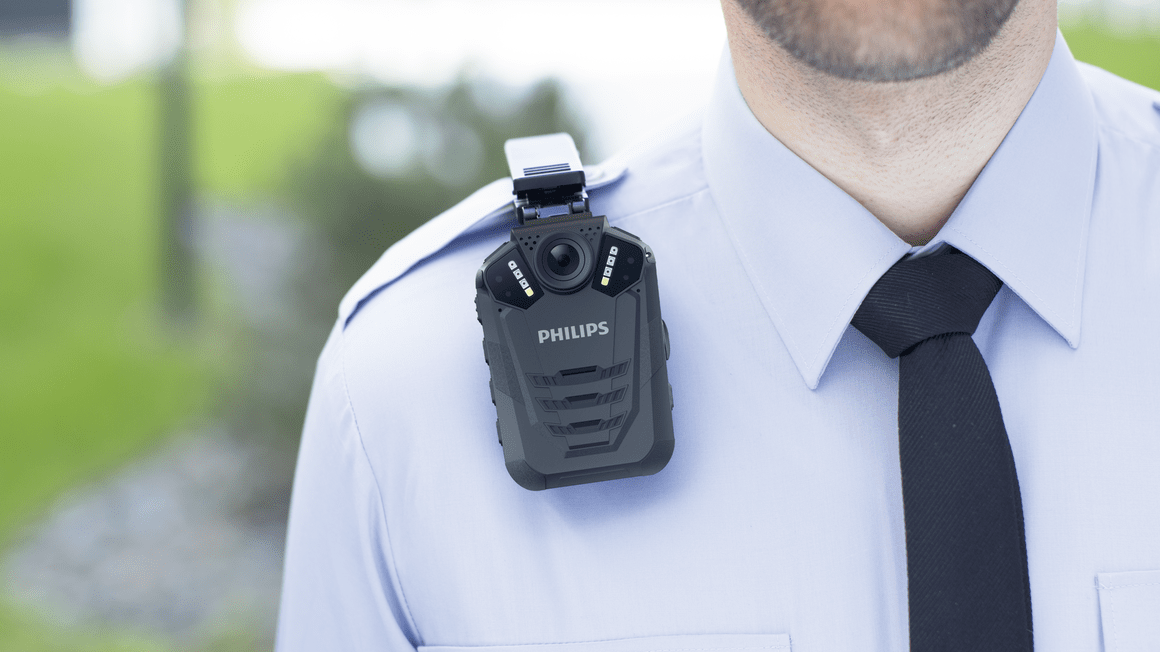
Interface and ease of use
Most body cams feature a small display for reviewing clips – usually on the back – while some include additional top-mounted panels for quick info when the camera’s attached to your person.
The button layout arguably matters most: if you’ll be reacting to rapid action, select a model like the Philips DVT3120 VideoTracer with one-button recording and accessible shortcuts, such as a snapshot button for quick stills.
Battery life
Battery life can vary substantially between body cams. Longevity can be as little as 80 minutes or as long as 14 hours, depending on the model and the settings. If you’re planning to record short clips, a smaller capacity will be sufficient. But if you intend to capture extended footage, you’ll need a model like the Boblov PD70 with solid battery life – or the option to swap in a spare cell.
Night vision
A number of body cams, including the Philips DVT3120 VideoTracer and Transcend DrivePro Body 30, have night-vision modes which use infra-red lights to capture footage in the dark. Some also have a standard LED for illuminating dim scenes.
Whether you’re walking home from work or attending an after-dark march, there are many reasons why these could be useful features. If you’re only planning to wear your body cam during the day, though, they needn’t be a deal-breaker.
Pre-recording and motion-detection
As body cams are usually used in unpredictable situations, several models – including the Pinnacle PR6 Lite and Boblov M852 – feature a pre-recording function to ensure nothing is missed.
These cameras maintain a rolling cache of footage, continuously filling a buffer of anywhere between 15 and 60 seconds, which can be saved if something happens before you have chance to hit the start button. Motion-detection is a rarer option that automatically triggers a recording if it detects a subject – useful as a backup if you’ll have your hands full, but probably not a necessity for most users.
Field of view
Body cams are designed to capture action, but they’re not much use if events happen outside their field of view. If you’re only interested in subjects straight ahead, the limited viewing angles of cheaper cameras will be sufficient, but those recording on the street are likely to want something wider.
The average viewing angle is around 140 degrees, which will capture the majority of a scene, while some models like the Philips DVT3120 VideoTracer get closer to total coverage with 170 degrees.
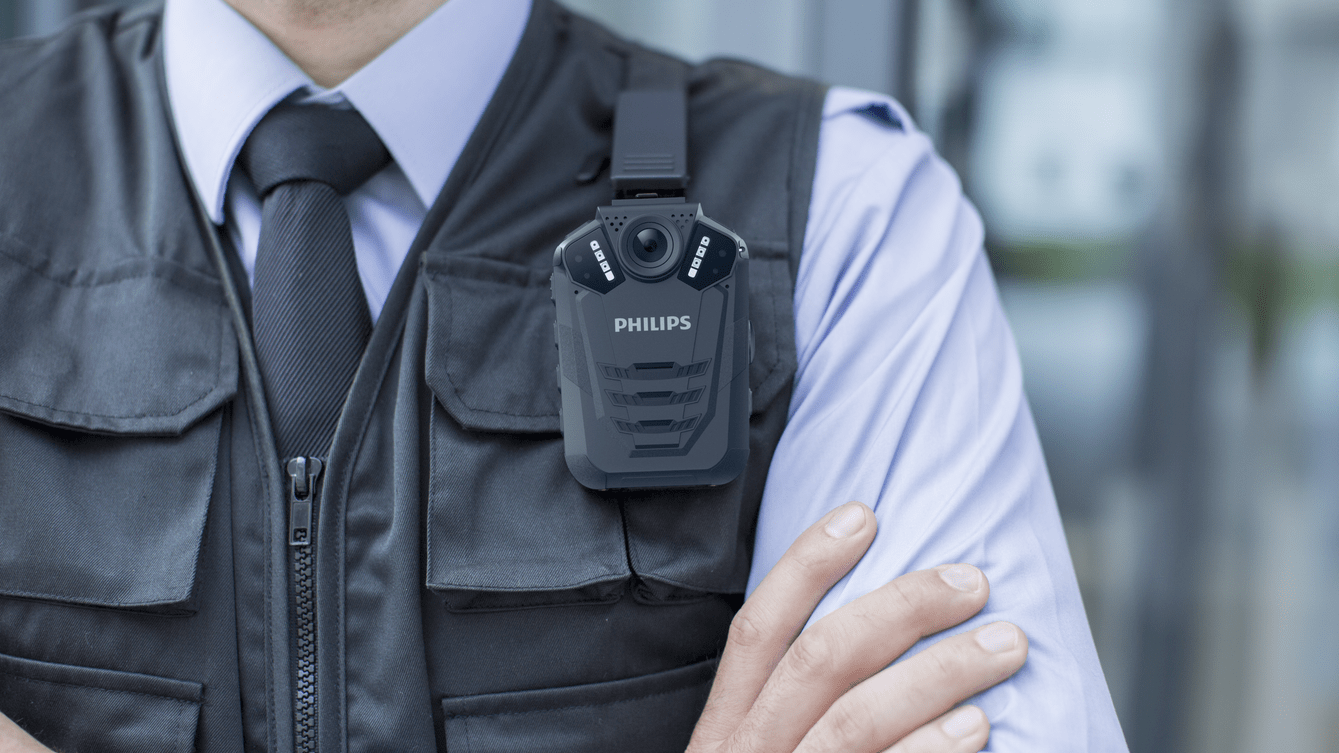
3. What's the footage for?
The purpose of your body cam recordings will influence which model is best for you and which of the factors below matter most.
Image quality and stabilization
Most body cams can capture Full HD video at 30fps, while a handful including the Guardian G1 D5 Mini and Boblov M852, deliver 1440p resolution. However, compression quality and sensor performance are more important than outright pixel count.
Grainier video might be fine for casual use, but if you’re planning to use your recordings for sharing, broadcasting or evidential purposes, you’ll want greater clarity. Image stabilization is also available on some body cams, such as the Transcend DrivePro Body 30, which contributes to smoother, more watchable video. Where possible, always check sample footage before buying.
Storage capacity and expandability
Storage options vary by model. Body cams like the Veho Muvi HDZ Pro Micro have slots for microSD cards, giving you the versatility to expand capacity and switch cards as necessary. Others, like the Transcend DrivePro Body 30 and Boblov M852, use in-built storage.
While this limits flexibility, it maximizes security: as the memory cannot be removed, it’s harder to tamper with – and, in some cases, can be encrypted on the device.
Connectivity
The most basic body cams require you to physically transfer footage from the device using a cable or card reader.
Some give the option of transferring files via Wi-Fi, while the most advanced ones – including the Hytera VM780 and Transcend DrivePro Body 30 – allow you to live-stream video in real-time, either using a Wi-Fi connection or an in-built mobile data connection. For those looking to break news or broadcast to a live audience, this feature will be pivotal.
Watermarking and timestamps
In an era of fake news, proving the veracity of footage has never been more important.
Most decent body cams will be capable of stamping footage with the time and date, which is the bare minimum you’ll need if you want to use your recording as a form of proof. The best models like the Philips DVT3120 VideoTracer and Boblov M852 go even further, tagging videos with unique ID numbers and embedding crucial information such as GPS location.
- These are the best action cams you can buy right now
Formerly News Editor at Stuff, Chris now writes about tech from his tropical office. Sidetracked by sustainable stuff, he’s also keen on cameras, classic cars and any gear that gets better with age.
